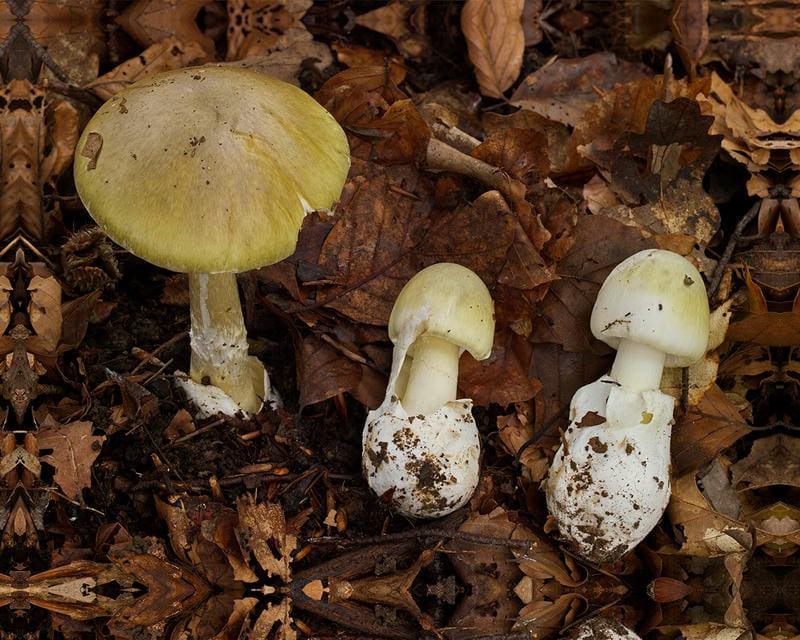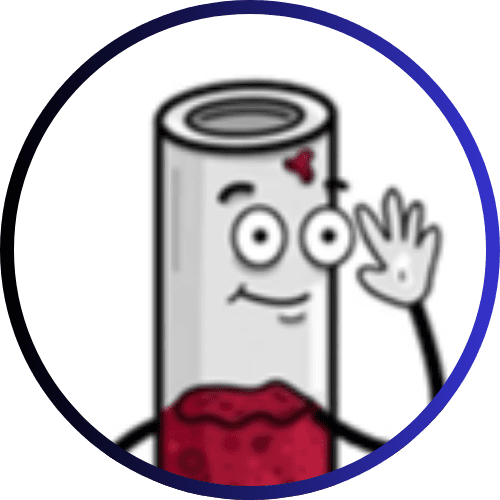Radioactive cesium in wild mushrooms: Moderate consumption harmless
Almost 40 years after the Chornobyl reactor accident in 1986, wild mushrooms in Germany still contain some radioactive cesium-137, which comes from the accident and earlier nuclear weapons tests. According to the Federal Office for Radiation Protection (BfS), however, the consumption of self-collected mushrooms in normal quantities is harmless in terms of radiation protection. The total amount of cesium-137 that is absorbed is decisive.
In southern Germany, mushrooms, especially bread stubble mushrooms, red-brown bread stubble mushrooms and ivory snails, can contain over 2,000 becquerels of caesium-137 per kilogram of fresh mass, which exceeds the trade limit of 600 becquerels. Other species such as trumpet chanterelles or chestnut boletus show values above 1,000 becquerels, while brown-scaled giant mushrooms or Judas’ ears are usually below 5 becquerels. The BfS mushroom report, available at www.bfs.de/pilzbericht, provides information on cesium levels of various fungal species and locations.

An example calculation shows: 200 grams of chestnut boletus with 1,400 becquerels of cesium-137 per kilogram per week lead to an additional radiation dose of 0.18 millisieverts per year, comparable to three transatlantic flights. Cultivated mushrooms such as mushrooms or shiitake contain hardly any cesium-137 because they grow on uncontaminated substrates.
In addition to cesium, wild mushrooms can accumulate heavy metals such as lead or mercury, which is why consumption should be limited to 200 to 250 grams per week. The BfS mushroom report supports mushroom pickers in making informed decisions by creating transparency about cesium contamination.
Original paper for download (PDF)
Read Also:
Editor: X-Press Journalistenb├╝ro GbR
Gender Notice. The personal designations used in this text always refer equally to female, male and diverse persons. Double/triple naming and gendered designations are used for better readability. ected.




